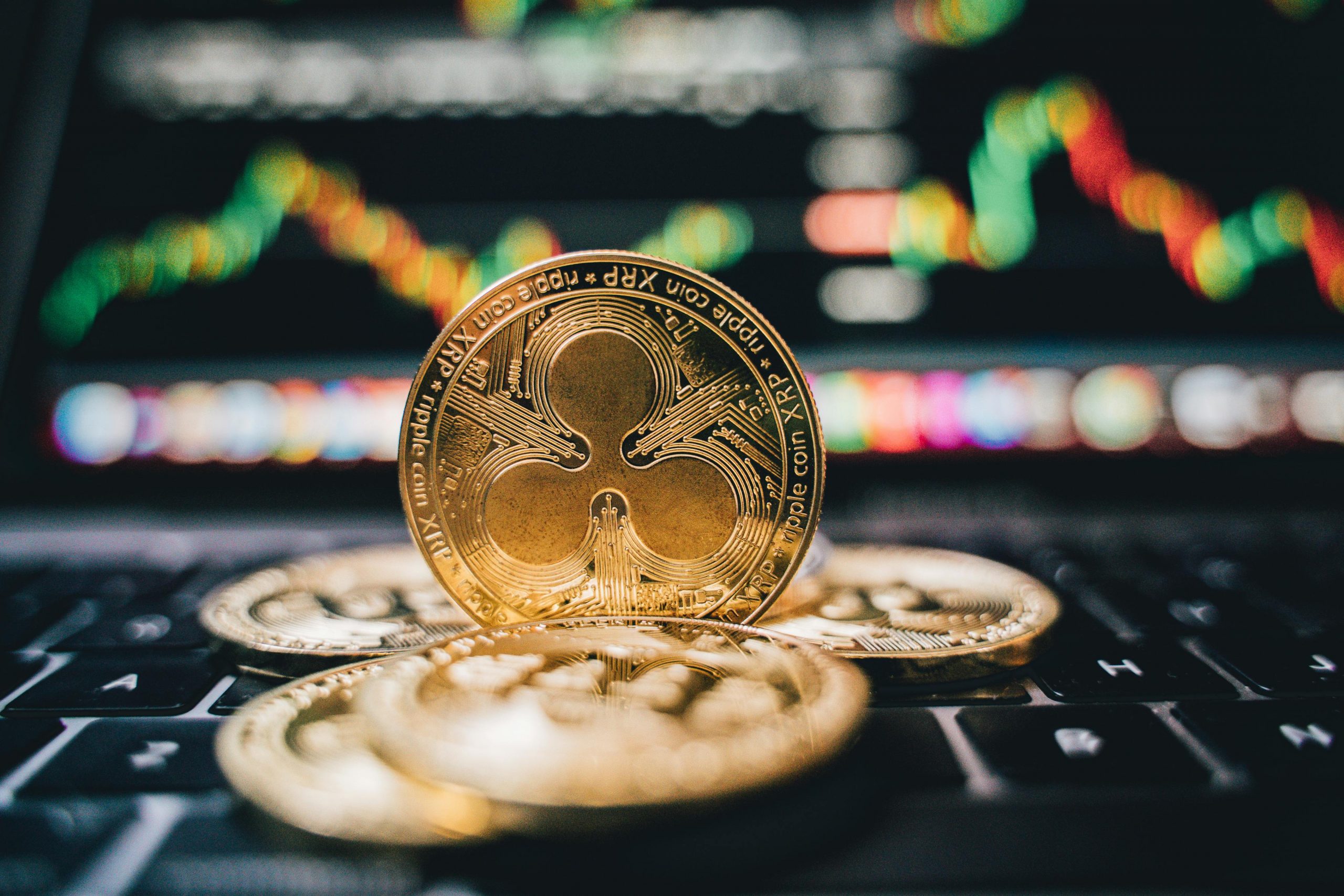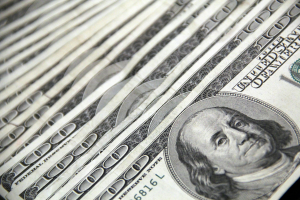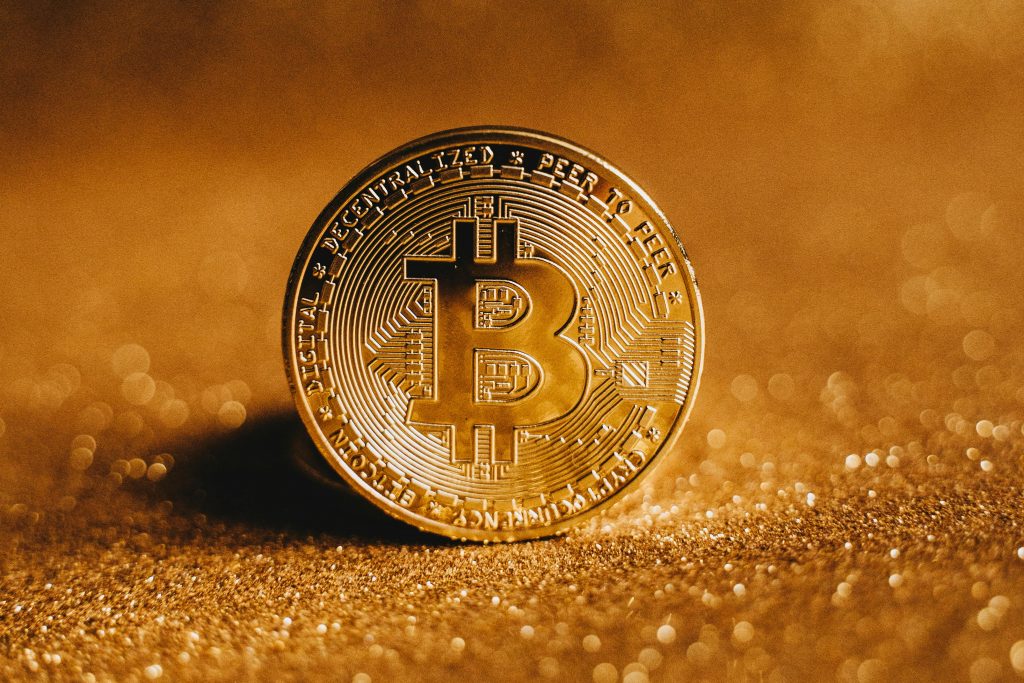2024 has been an intriguing year in many ways. On the crypto front, it meant more than just a few speed bumps from a regulatory perspective. The SEC versus Ripple Labs, the company behind the XRP cryptocurrency, was one of the most watched legal battles that shook the crypto space.
Building its case on the allegation that XRP is an unregistered security, the US watchdog clamped down on Ripple, starting a legal battle that has been going on for more than 4 years. Its effects will likely have a long-term impact on the crypto market, signalling the alarm about the necessity of legal clarity on cryptocurrency investments/holdings. Let’s take a look at the essential moments in the years-long battle.
SEC vs Ripple, an ongoing battle
In late 2020, the SEC accused Ripple Labs of having raised billions of dollars through unregistered XRP sales, pleading that XRP was a security akin to corporate stock shares like Tesla or Microsoft rather than a decentralised asset such as Bitcoin and Ethereum.
But what are the characteristics of a security? To define them, policymakers have advanced a set of rules known as the “Howey test”.
In light of the Howey test, a security is defined as an investment vehicle that cumulatively meets the following conditions:
● An investor – could be an individual or a corporate entity
● In a joint enterprise
● With the expectation of generating profit
● Through the efforts of a third party
In regards to cryptos, the situation becomes more complex because all ICOs involve investments in a joint enterprise (the ICO project) for a profit to be realised through the efforts of a third party (the company behind the ICO project). Based on this premise, the majority of ICOs could be considered securities. Or rather when can cryptos be considered securities and when are they mere digital assets?
Against this backdrop, the lawsuit quickly gained media attention, marking a pivotal moment for crypto regulation in the US. Despite the numerous twists and turns, Ripple secured a few important victories, gaining an important lead in the case against the US regulator.
In 2023, judge Analisa Torres issued a partially favourable decision for the company, ruling that the XRP token was not a security as long as it is traded through digital asset exchanges. In cases where it was offered to institutional investors, it would become a security.
The SEC, however, pursued Ripple further, seeking to discourage the company from offering XRP on the grounds of the token being a security. This meant that XRP should have fallen under a different regulatory regime, in line with the 1933 Act.
On the daily chart, the close of July 12 was 0.4698 and that of July 13 – 0.5398. But the SEC-Ripple battle continued, taking an intriguing turn once the notorious “Hinman Documents” were released.
Drafted by former SEC corporate finance director Bill Hinman, said documents highlight the ambivalent status of cryptocurrencies such as Bitcoin and Ethereum.
According to Hinman, the two major cryptocurrencies may have entered the crypto space as securities, but once they become truly decentralised, they convert to something akin to commodities.
Notwithstanding this arguably advantageous development for Ripple, in August 2024, a federal judge in the Southern District of New York fined the XRP issuer $125 million for allegedly defrauding institutional investors by selling its tokens as unregistered securities.
The SEC, who pushed for a $2 billion penalty against Ripple, filed an appeal with the Second Circuit Court of Appeals a day before Bitwise Asset Management Inc. submitted a filing to the SEC for an ETF investing directly in XRP, according to a Bloomberg report. XRP tumbled nearly 2% against the USD, as Tibitraders priced in the negative market sentiment.
A happy end to the XRP saga?
Yet, there is light at the end of the XRP tunnel. With the US President-elect Donald Trump’s victory against Democratic Vice President Kamala Harris, the vilified cryptocurrency has seen a spectacular price upsurge.
As crypto investors priced in a more relaxed crypto regulatory approach under the new Trump administration, XRP hit a record high at $2.90 on December 3, before pulling back to $2.70 (close).
With the nomination of Paul Atkins to head the SEC, cryptocurrencies could enter a new era. The President-elect’s friendly stance towards digital assets has broadly had a positive impact on the blockchain-driven market.
Meanwhile, crypto industry insiders remain positive about the future, which could potentially witness further crypto upswings, with XRP likely to be among the top gainers. Overall, in December, the cryptocurrency rallied more than 25% on TibiGlobe’s platform as an increasing number of traders gained interest in the disputed digital asset.
According to Armando Pontoja, a top analyst who’s been following XRP, the digital asset is poised for continued growth in 2025 despite the legal headwinds. Although the signals seem strong going forward, traders must practice caution, as always and remain attentive to the market moves. Don’t miss the XRP momentum!
Note: All percentages referenced in this article are calculated based on the daily timeframe chart prices available on TibiGlobe’s platform for XRPUSD CFDs, close-to-close.
Risk Disclaimer:
CFDs are complex instruments and come with a high risk of losing money rapidly due to leverage. You should consider whether you understand how CFDs work and whether you can afford to take the high risk of losing your money. Prices can fluctuate rapidly, and past performance is not indicative of future results. Please refer to the full risk disclaimer on our website.
The information provided does not constitute financial advice and should not be relied upon as such. You should seek independent advice before making any investment decision.






